11/05/2022 - Claire de Reforest'Action
What is reforestation?
Reforestation means planting trees in an existing stand, on bare land or on land that was previously forested. There are several benefits to this procedure. It helps to maintain the balance of all the ecosystem services – which may be economic, cultural, environmental or health-related – provided by forest areas When reforesting land that has not had any trees on it for a long time, we call it afforestation. The most frequent example is agricultural wastelands or grasslands, whose environmental and economic value is enhanced when trees are planted.
Why reforest a plot?
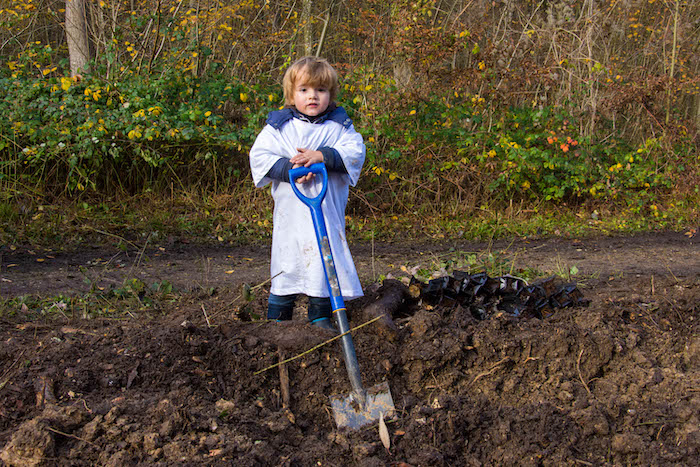
Reforestation projects can help to upgrade a depleted plot whose ecological functions have been altered. They may also aim to restore a stand devastated by a natural disturbance, such as weather events, pests or disease. Reforestation is also undertaken when the future of a stand appears compromised due to a lack of natural regeneration among the specimens it contains.
In all these cases, reforestation is a way of diversifying species, renaturalising the land and making the stands more resistant. In addition, reforestation projects are beneficial to the landscape, adding some relief. They may also serve to supply a variety of forest products that can be useful to people including timber, fuelwood, medicinal plants, mushrooms, and so on. At the same time, planting trees improves water quality, soil fertility and enriches biodiversity.

More generally, one real advantage is that forest areas will be passed on to future generations, along with a forest culture. The trees planted store carbon and will therefore contribute to the fight against climate change.
Possible obstacles to reforestation
Reforesting a plot is a long-term – or very long-term – commitment. As such, the financial benefits generated by the procedure are often only felt one or two generations later.
What is more, climate change is causing increasingly worrying failure rates. Wood prices are also highly variable, meaning return on investment can be unpredictable.
Another aspect that can discourage the financing of a reforestation project is the fact that the forestry sector comprises a high number of private and public operators.
The various stages in reforestation
Reforestation projects proceed by stages and a number of rules must be followed.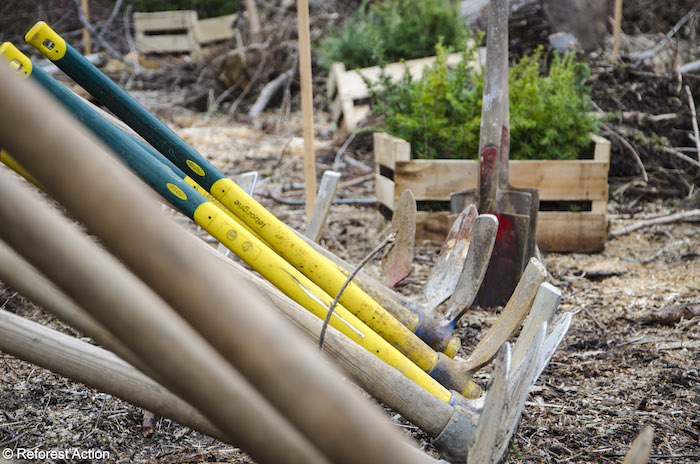
Reforestation : defining the objectives
The first stage is to set the project’s objectives. This is necessary to make sure that the species best suited to the terrain and conditions are selected, and thus reduce the risk of failure.
We then need to estimate the extent of the planned work and the cost of the project measured against the needs and objectives set. To this end, producing a precise map of the plot can help with planning.
Finally, the various hazard risks resulting from the plot’s location, climatic conditions or the risk of biotic attack should be listed.
Planting
Ideally, young plants less than 30 cm tall should be obtained from local nurseries, to avoid damaging them during transport. A hole of around 40 cm3 should then be dug to allow the specimen to grow in the best possible conditions. For fruit trees, the hole should be around 1 m3. Once the saplings have been planted, weeds and other plants that may hinder the young trees’ growth must be removed – the inevitable weeding process.
If the young plants are to grow properly, they need sufficient water so it is important to plant them during the rainy season, which depends on the region.
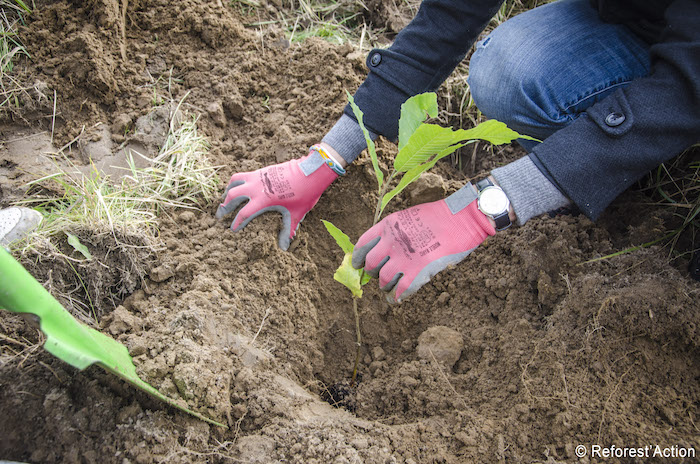
The sustainable management document
In France, documents such as the Plan Simple de Gestion (PSG, Simplified Management Plan), the Règlement Type de Gestion (RTG, Forest Management Standard Regulations) or the Code des Bonnes Pratiques Sylvicoles (CBPS, Code of Good Forestry Practices), are recommended to secure successful reforestation. Indeed, in some instances, this management document must be submitted to the Ministry of Agriculture, Food and Forestry to confirm that the parcel complies with the forestry policy in force. It is also useful for owners to list the forestry work to be planned to achieve the objective set in the reforestation project.
The cost of reforestation
The cost depends very much on the project itself and the following criteria:
-
The cost of the saplings
-
The cost of labour, purchase and hire of equipment and products
-
The method selected to maintain the stand, depending on the type of management.
-
If labels are involved, such as the Low Carbon Label, then the cost of obtaining the label must be accounted for, along with the profits if financial backers wish to invest in the project.
-
Any taxes involved (often restricted to professionals).
-
The return on investment if the trees planted are to contribute to local timber and forestry product production.
The different types of reforestation
Afforestation and forest reforestation
Trees can be planted on forest plots used for commercial purposes after clear-cutting. They may also be planted in stands weakened by poor natural regeneration or by a climatic or biological hazard.
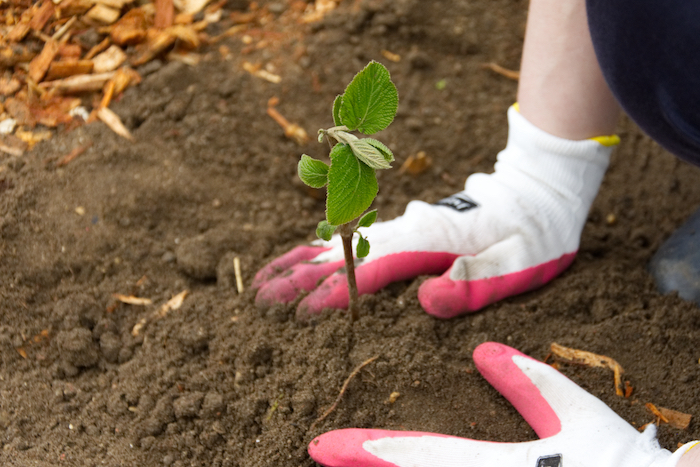
Afforestation of agricultural land
Afforestation of former agricultural land is an effective way of increasing forest cover while restoring the ecological properties of plots damaged by years of exploitation and chemical fertiliser use.
Introducing trees on this type of land helps limit soil erosion, cleans the water table and encourages greater biodiversity in the areas in question.
Hedgerows
Hedgerows have been gradually disappearing from our landscapes since the 1970s, yet they offer an array of environmental benefits. Today, they are making a comeback on agricultural land, and hedgerow planting is one form of reforestation.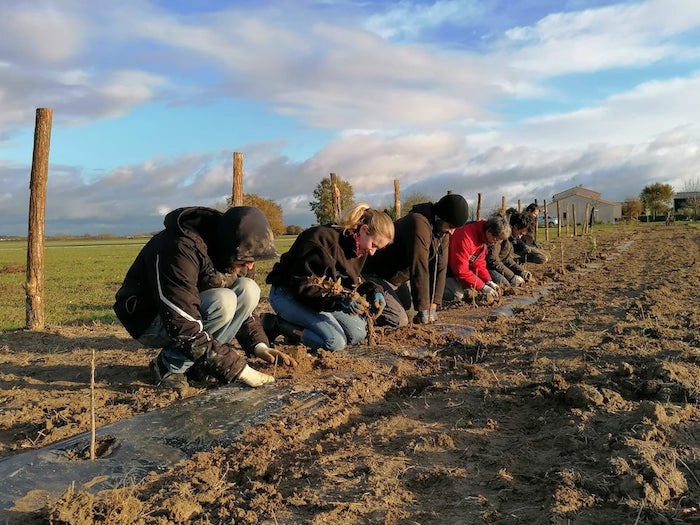
Agroforestry
Agroforestry model combines agricultural practices, livestock farming and forestry and is regularly the subject of experimental work. Like hedgerows, it offers numerous benefits. The value of this type of reforestation has also been demonstrated by a study conducted by the Chambers of Agriculture and the French National Institute for Agricultural Research (INRA) as part of the SAFE programme (Silvoarable Agroforestry For Europe).
Micro-forests and urban woodlands
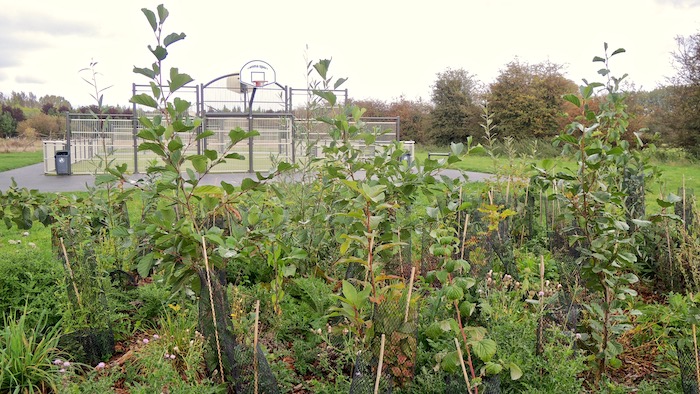
Micro-forests (also known as urban forests or Miyawaki forests) do not serve an economic purpose, and instead play a purely environmental and social role. Their primary objective is to create fresh green areas within cities, to encourage the presence of biodiversity in urban areas and to raise awareness of the importance of forest cover when building the city of tomorrow.
Reforestation in France
Wood-related commitments and certifications
Labels guarantee consumers and industrial buyers that the timber products they purchase comply with sustainable forestry management standards. The two most prominent labels in France are PEFC (Programme for the Endorsement of Forest Certification schemes) and FSC (Forest Stewardship Council).
However, an increasing number of labels are now available, such as the Low Carbon Label, which certifies that a project achieves a sufficient reduction in greenhouse gas emissions or carbon sequestration.
The legislation of reforestation
Municipalities set the regulations and may forbid reforestation projects for various reasons, relating to the environment or local land use. In France, there are three possible scenarios:
There may be a “prohibited afforestation area”, which means no planting is allowed on a plot for 10 years.
“Regulated afforestation areas” concern areas where the departmental council can forbid or regulate projects that are declared.
In “unrestricted afforestation areas”, there are no restrictions or prohibitions preventing afforestation.
At the same time, if a forest tract of 1 hectare or more within a forest stand exceeding 4 hectares is harvested, the owner is obliged to replenish the stand, regardless of its composition. This reforestation, required by law, can occur through planting or through a process of natural regeneration.
In addition, remember that any afforestation covering a surface area of 25 hectares or more is subject to a mandatory state-supervised management plan. As mentioned above, this can be one of three types of management document: the PSG, the RTG or the CBPS.
State aid
Although reforestation projects come at a cost, private and public aid is available at local and national level.
The national recovery plan includes a €200 million reforestation plan for French forests along with support for the timber industry. This reforestation plan incorporates a forest fund to renew, diversify and adapt forest areas to climate change.
Various types of financial aid is available and the different schemes can change from one year to the next. To help owners navigate their way through them all, the Fransylva teams and the regional centres for forest property (CRPF) can provide information.
Funding available from Reforest’Action
Keen to help numerous forestry projects get off the ground, Reforest’Action finances restoration, afforestation, agroforestry and natural regeneration initiatives. For more than 10 years now, Reforest’Action has been working to safeguard France’s forest heritage by supporting multiple restoration projects throughout France, Europe and the rest of the world, to help forests survive climate change.
> To find out if your project is eligible, consult our specifications.

0 Comment